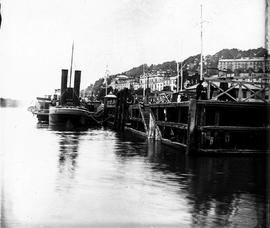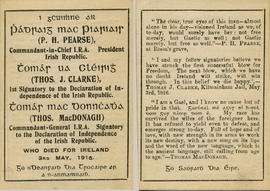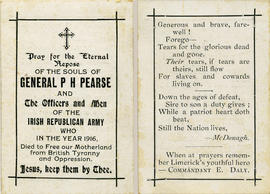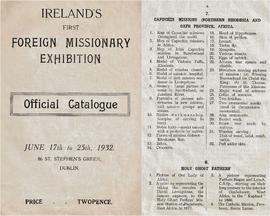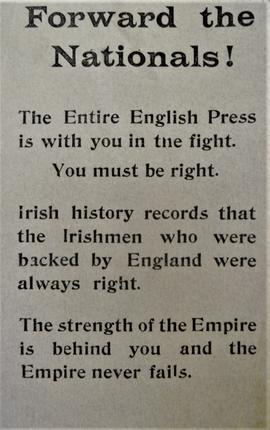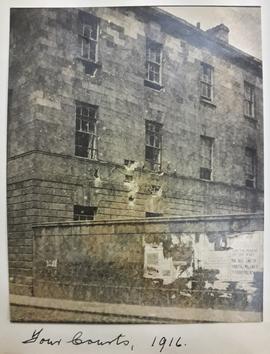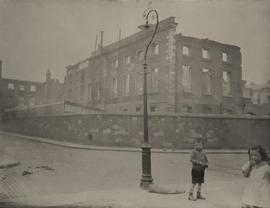'Flying Fox' at Queenstown Quay, County Cork
- IE CA PH/1/20/A
- Part
- c.1910
Part of Irish Capuchin Archives
A view of the quay at Queenstown, County Cork, in about 1900. The image shows the ‘Flying Fox’, a small paddle steamer and tug, used to ferry passengers and luggage to transatlantic liners before their passage to North America. The ‘Flying Fox’ was later involved in the rescue of survivors from the ‘Lusitania’ following an attack by a German submarine on 7 May 1915. The ‘Flying Fox’ was owned by the Clyde Shipping Company. She was built in 1885 and seems to have spent most of her life in Cork. During the First World War it was requisitioned by the British Admiralty as ‘Flying Fox II’. In 1919, she was sold to the Moville Steamship Company and worked in Lough Foyle until 1927, as the ‘Cragbue’.



